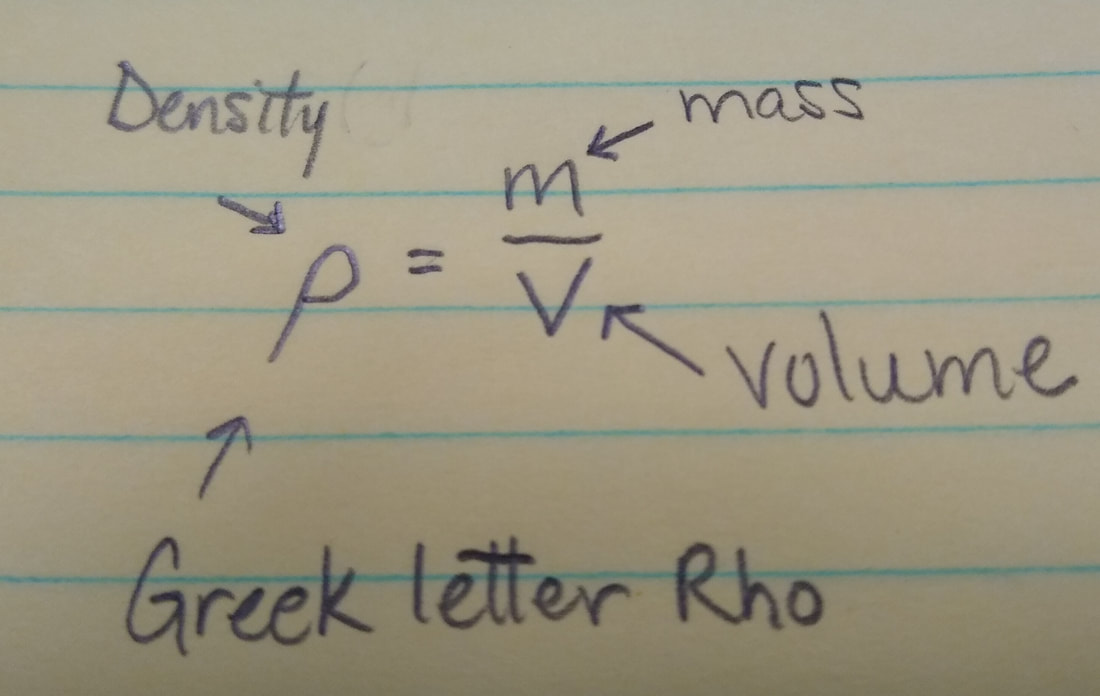Introduction and Measurement
|
Measurement in Physics: Physics is based on measurement of physical quantities. Certain physical quantities have been chosen as base quantities (such as length, time, and mass); each has been defined in terms of a standard and given a unit of measure (such as meter, second, and kilogram). Other physical quantities are defined in terms of the base quantities and their standards and units.
SI Units: The unit system emphasized in this book is the International System of Units (SI). The three physical quantities meter, second, and kilogram are used frequently in mechanics. Standards, which must be both accessible and invariable, have been established for these base quantities by international agreement. These standards are used in all physical measurement, for both the base quantities and the quantities derived from them. Scientific notation and the metric prefixes are used to simplify measurement notation.
Changing Units: Conversion of units may be performed by using chain-link conversions in which the original data are multiplied successively by conversion factors written as one piece and the units are manipulated like algebraic quantities until only the desired units remain.
|
Length: The meter is defined as the distance traveled by light during a precisely specified time interval.
Time: The second is defined in terms of the oscillations of light emitted by an atomic (cesium-133) source. Accurate time signals are sent worldwide by radio signals keyed to atomic clocks in standardizing laboratories.
Mass: The kilogram is defined in terms of a platinum-iridium standard mass kept near Paris. For measurements on an atomic scale, the atomic mass unit, defined in terms of the atom Carbon-12, is usually used.
Density: The density of a material is the mass per unit volume.
|
Files:
| Chapter 1 Presentation | |
| File Size: | 371 kb |
| File Type: | pptx |
Skills Needed:
|
|
